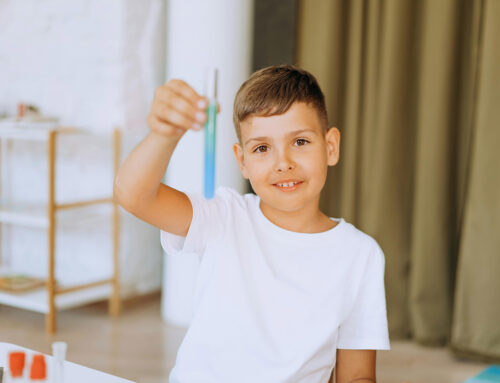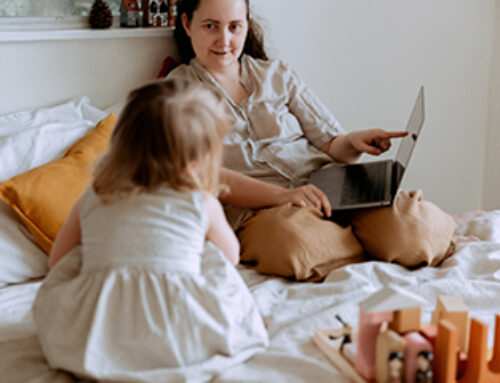Children explore and seek to understand the world around them in a variety of ways using their senses. A child’s sensory system works to help them to see, hear, touch, taste, smell, and feel where their bodies are in relation to others and in space. Some children tend to avoid certain sensory input (e.g., avoiding busy or noisy spaces, or becoming upset at the sight, taste, or texture of certain foods), while others seek specific types of input (e.g., they may enjoy making loud noises such as humming, or chew, bite, or explore things with their mouth). This blog focuses on giving more insight about oral motor sensory seeking.
Some children seek sensory input via licking, chewing, biting, or putting things in their mouth more than other children, which is known as oral motor sensory seeking. Here are 4 things you may not have known about oral motor sensory seeking:
- Your child’s care team will likely have strategies to support your child’s oral motor sensory needs. Be sure to consult with your child’s healthcare team to ensure that your child’s oral seeking behaviors are sensory in nature.
- A child who seeks oral motor sensory input may be attempting to self-regulate in order to participate within their daily routine. For example, some children chew on their pencils, shirt collars, or lips while they are engaged in a challenging task. Other children may bite themselves or others if they are anxious, overstimulated, or are having trouble communicating their needs. These behaviors may be a child’s way of organizing and calming themselves within their environment.
- Oral motor sensory seeking is a combination of tactile (touch of teeth or object in mouth), proprioception (deep pressure of the jaw crunching or biting something), and taste (flavor or sensation provided). Each child’s sensory profile, or how their senses work together, is unique and can change over their lifespan.
- A designated sensory diet can help your child to functionally incorporate oral sensory activities throughout their day. Your child’s occupational therapist may recommend a trial of crunchy or chewy textured foods, sucking through straws, blowing bubbles, chew sticks, heavy work, or other strategies to support your child to meet their need for sensory input throughout their day.

Blue Bird Day fosters socialization, sensory regulation, and pre-academic learning in children ages 2-7 years in therapeutic rotations that simulate preschool and kindergarten settings. Our compassionate therapists practice a relationship-based and family-centered approach, provide parent training, and collaborate on goals and individualized intensive treatment plans for your child.
We believe in a collaborative and multi-disciplinary team approach to therapy. A team of occupational therapists, speech-language pathologists, dietitians, developmental therapists, behavioral therapists, physical therapists, and therapeutic assistants are created for each child to ensure child and family are fully supported and the best possible results are achieved.
Options for individualized, group and virtual therapy sessions are available as well.
Want to learn more or you have a specific question? Feel free to connect with us here!



